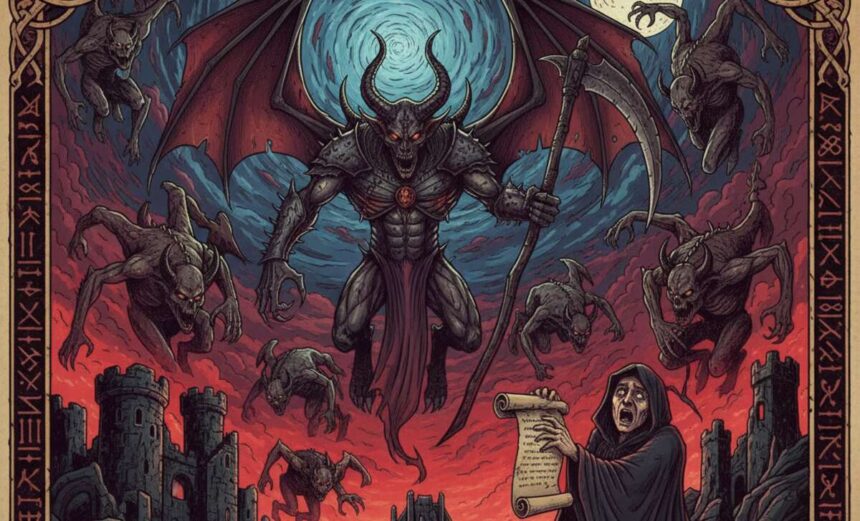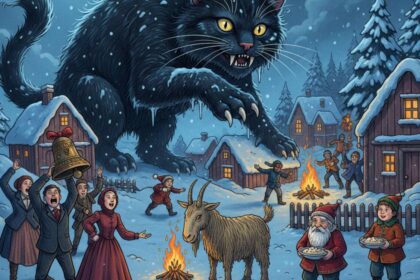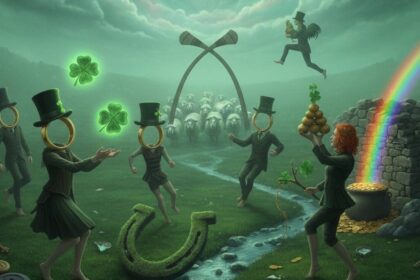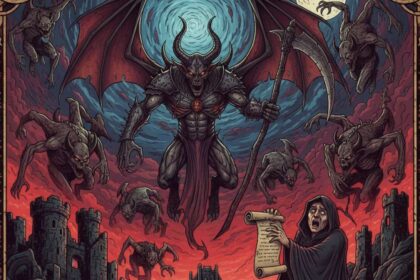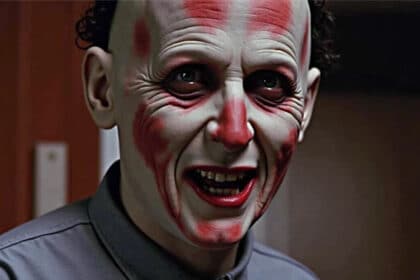Demons have always been the shorthand for the things we fear most: the unknown face in the dark, the guilt that won’t leave, the desperate voice we hear when we try to sleep. Some of these figures grew from religion, some from folklore, some from literature and panic. They’re not all the same. Some demand worship, some haunt houses, some are warnings dressed as myth. Below are ten of the most famous — and the stories that made them stick in our heads.
1. Satan / Lucifer
Satan is the archetypal adversary in Abrahamic traditions. Over centuries he’s been carved and recarved — tempter, rebel angel, accuser, prince of darkness. The name Lucifer, meaning “light-bringer,” appears in Latin texts and became associated with a fallen angel in later Christian interpretation. Is he the origin of all evil or a symbol people use to explain misfortune? Depends who you ask, and when.
Short, sharp image: a proud angel who fell. Long, stubborn reality: a shifting figure used in theology, literature, and popular imagination to embody rebellion, temptation, and punishment.
2. Pazuzu
Pazuzu is a Mesopotamian wind demon with a bizarre, half-beast, half-humanoid look. He was blamed for droughts and plagues, yet people also called on him to ward off other evils — a protector with teeth. He was specifically invoked to protect pregnant women and infants from his rival, the demoness Lamashtu, but his roots are ancient: a mix of dread and grim practical magic from Babylon and Assyria.
There’s something oddly human about how ancient people negotiated with him: bargaining with fear, creating talismans, and keeping an unsettling protector close.
3. Lilith
Lilith appears in several related strands of myth. In some Jewish traditions (particularly in medieval Jewish folklore like The Alphabet of Ben Sira) she’s Adam’s first companion who refused to submit and left Eden. Over time Lilith morphed into a night demon associated with infant mortality and seduction. She’s been a cautionary tale about gender and power, and also an ambivalent symbol of independence and danger.
She’s both wilful and monstrous in stories — a figure people wrestle with because she refuses an easy moral label.
4. The Jinn
Jinn are part of Islamic and pre-Islamic Arabian belief. They’re not automatically evil; they’re a separate creation made of smokeless fire and can be benevolent, malevolent, or somewhere in between. Folktales feature clever jinn, vengeful ones, and tricksters. They explain odd happenings that don’t fit neat spiritual categories — footsteps when no one’s there, sudden tempers, strange wishes that backfire.
They’re tempting because they permit ambiguity: not always demon, not always angel, often somewhere messy in the middle.
5. Oni
From Japan, Oni are ogre-like creatures — huge, horned, and often red or blue — who smash things and punish the wicked. They haunt folktales, Noh theater, and festival masks. They can be comic or horrific, which makes them stick. Stories show communities using oni as moral shorthand: behave, or someone worse than you will come for you.
They’re loud and physical; they serve as a mythic way to explain cruelty, disaster, and the very human need for scapegoats.
6. Dybbuk
A dybbuk is a wandering spirit from Jewish folklore, often thought to be a soul that clings to the living. Unlike cinematic possession, dybbuk stories are woven with ritual, exorcism, and legal-sounding debates about the rights of the dead and the obligations of the living. They often come from a place of unresolved anger or guilt, and the remedy is likewise social: prayer, community, and a ritual unbinding.
There’s tenderness here as well as fear — a reminder that many hauntings are about lives left in pieces.
7. Asmodeus
Asmodeus shows up in Jewish, Christian, and later occult texts as a demon of lust and mischief. In some tales he’s a tempter of kings; in others, an almost bureaucratic demon who presides over chaos in small, intimate ways. He’s the demon you whisper about when secrets unravel and relationships fray.
This demon’s fear is domestic: he undermines love not by grand catastrophe, but by quiet corrosion.
8. Beelzebub
Beelzebub’s name hints at a god-turned-demon in the ancient Near East, later adopted into Christian polemic as a major demon or “lord of flies.” His original name, Baʿal-zəḇūḇ, was the Philistine god of Ekron, meaning “Lord of the Flies,” which was later disparaged and reinterpreted. He becomes shorthand for filth, corruption, and political terror — a demon whose power is less spectacular and more pervasive. Think of him as the idea that rot can rule when we stop tending the garden.
That image — of decay elevated to dominion — is hard to shake.
9. Baphomet
Baphomet is a symbol tied to medieval accusations, occult reinventions, and modern mystique. The name first emerged during the 14th-century trials of the Knights Templar, where they were falsely accused of worshipping an idol with this name. Later occultists and artists gave it the goat-headed form people recognize today, and it’s been reclaimed and reimagined in countless ways. Is it a demon, a symbol, a provocation? It’s all three, in different hands.
Symbols can scare us because they refuse a single meaning — and Baphomet keeps everyone guessing.
10. Moloch
Moloch was a deity in the ancient Near East associated in some texts with child sacrifice. In later traditions and literature he evolves into a demon that represents monstrous demands: power at the cost of the most vulnerable. Poets and prophets used the image of Moloch to cry out against systems that devour people for gain.
The horror here is systemic: not a single night demon but a machine that eats lives and calls it policy.
Final thoughts
Stories about demons are rarely only about demons. They’re about human fear, social pressure, power, memory, and grief. Sometimes demons are symbols for personal guilt; sometimes they’re communal waypoints through disaster. They change because our anxieties change, and that’s why the same figure can mean very different things in different times and places.
Which of these stories unsettles you the most? Did one feel familiar, like something you heard growing up, or did one surprise you?
Tell us in the comments, and if you liked this dive into the uncanny, follow us on Facebook, Pinterest or Instagram for more strange histories and late-night myths.
Before you go, check 10 of the scariest horror movies of 2024 that’ll haunt you for days.
Articles from MyViralBox’ contributors and guest bloggers.


